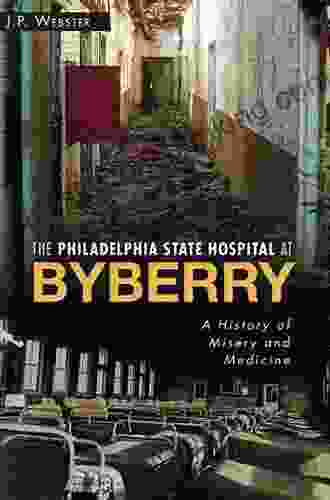History of Misery and Medicine: Landmarks of Agony, Inspiration, and Breakthroughs

Throughout history, misery and medicine have been inextricably intertwined. The quest to alleviate suffering has led to countless discoveries and innovations, pushing the boundaries of human knowledge. From the ancient practices of bloodletting and trephination to the modern marvels of antibiotics and vaccines, medicine has played a pivotal role in shaping our understanding of the human body and its ailments.
This comprehensive work delves into the fascinating and often gruesome history of medicine, exploring the landmarks that have shaped its development. Through a series of vivid accounts and captivating narratives, we'll journey through the ages, uncovering the stories of the intrepid physicians, scientists, and healers who dedicated their lives to combating misery and advancing the cause of medicine.
4.5 out of 5
| Language | : | English |
| File size | : | 3335 KB |
| Text-to-Speech | : | Enabled |
| Screen Reader | : | Supported |
| Enhanced typesetting | : | Enabled |
| Word Wise | : | Enabled |
| Print length | : | 179 pages |
| Lending | : | Enabled |
Part I: Ancient and Medieval Medicine

The dawn of medicine can be traced back to ancient civilizations, where healers relied on a combination of observation, experimentation, and superstition. In ancient Egypt, the Edwin Smith Papyrus provided detailed surgical instructions and described various ailments. In Mesopotamia, the Code of Hammurabi offered early legal protections for physicians, while Ayurvedic practitioners in India developed a holistic approach to health and healing.
The Greek physician Hippocrates, known as the "Father of Medicine," revolutionized medical practice by focusing on observation and experience rather than divine intervention. His teachings emphasized the balance of bodily fluids and the concept of "natural healing."
Part II: The Renaissance and Enlightenment

The Renaissance and Enlightenment witnessed a surge in scientific curiosity, leading to significant advancements in medicine. Leonardo da Vinci's anatomical studies provided unprecedented insights into the human form, while Andreas Vesalius published the revolutionary work "De Humani Corporis Fabrica," correcting many misconceptions about anatomy.
William Harvey's discovery of blood circulation overturned ancient theories and laid the foundation for modern physiology. Meanwhile, the development of the microscope by Antonie van Leeuwenhoek opened up a new world of microorganisms, revolutionizing our understanding of disease.
Part III: The 19th Century: Triumphs and Tragedies
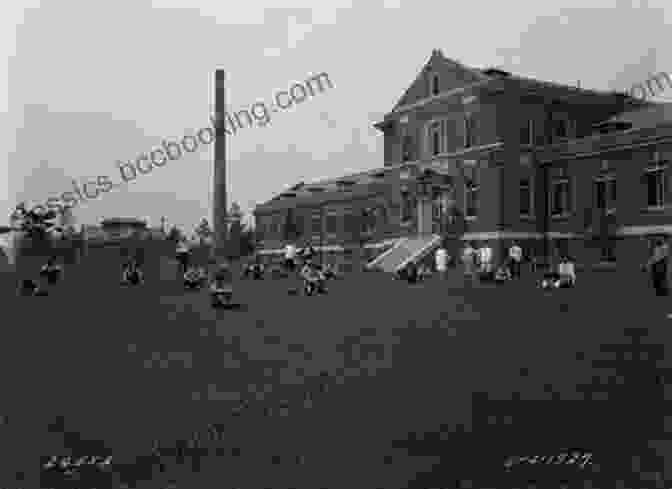
The 19th century marked an era of major medical breakthroughs and challenges. The invention of anesthesia by Crawford Long and William Morton revolutionized surgery, allowing for painless operations. Ignaz Semmelweis's work on handwashing reduced hospital deaths by eliminating the spread of infection. However, devastating epidemics like cholera and yellow fever continued to plague populations.
Louis Pasteur's groundbreaking research on germ theory paved the way for asepsis and antisepsis, further reducing surgical risks. Lister's antiseptic surgery methods became widely adopted, transforming operating rooms into cleaner and safer environments.
Part IV: The 20th Century: A Golden Age of Medicine
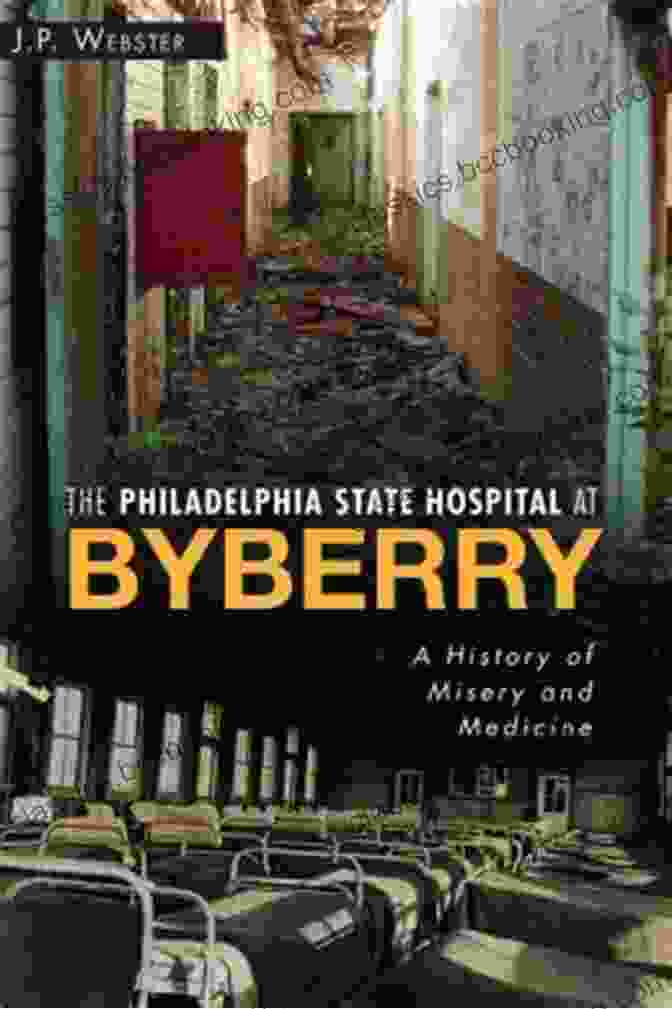
The 20th century witnessed an explosion of medical advancements and discoveries. The development of antibiotics by Alexander Fleming and others transformed the treatment of bacterial infections. Vaccines, such as those developed for smallpox and polio, eradicated or significantly reduced deadly diseases.
The advent of X-rays, MRI scans, and other imaging technologies revolutionized diagnostics and surgical procedures. Organ transplantation, pioneered by Christiaan Barnard, became a reality, giving new hope to patients with end-stage organ failure.
Part V: The Legacy of Misery and Medicine
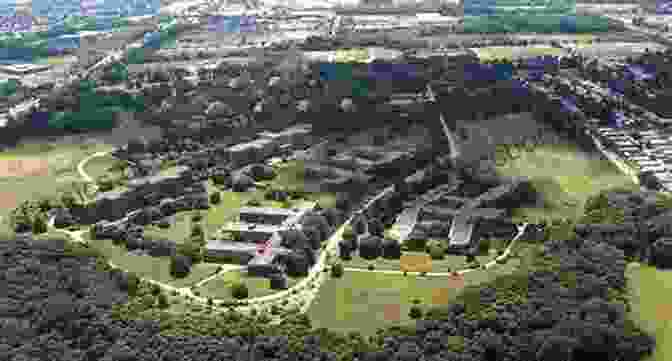
The history of medicine is a testament to the resilience and ingenuity of the human spirit. Through centuries of suffering and setbacks, we have made remarkable progress in understanding and treating diseases. From the ancient healers who relied on herbs and rituals to the cutting-edge technologies of modern medicine, the quest to alleviate misery has been a constant driving force.
As we continue to grapple with new challenges, such as antibiotic resistance and chronic diseases, the lessons learned from the past provide valuable insights and inspiration. The history of misery and medicine reminds us that progress is possible, that suffering can be overcome, and that the pursuit of health is an ongoing journey that connects us all.
This comprehensive guide to the history of misery and medicine is a captivating chronicle of human suffering and the extraordinary lengths to which we have gone to alleviate it. From the crude practices of the past to the remarkable advancements of the present, this book offers a unique perspective on the evolution of medicine and its profound impact on our lives.
Through its vivid accounts and thought-provoking insights, "History of Misery and Medicine" will appeal to a wide range of readers, from medical professionals and history buffs to anyone interested in the fascinating intersection of human suffering, innovation, and compassion. Free Download your copy today and embark on a journey through the annals of medicine—a journey that will leave an indelible mark on your understanding of health, disease, and the human condition.
4.5 out of 5
| Language | : | English |
| File size | : | 3335 KB |
| Text-to-Speech | : | Enabled |
| Screen Reader | : | Supported |
| Enhanced typesetting | : | Enabled |
| Word Wise | : | Enabled |
| Print length | : | 179 pages |
| Lending | : | Enabled |
Do you want to contribute by writing guest posts on this blog?
Please contact us and send us a resume of previous articles that you have written.
 Book
Book Novel
Novel Page
Page Chapter
Chapter Text
Text Story
Story Genre
Genre Reader
Reader Library
Library Paperback
Paperback E-book
E-book Magazine
Magazine Newspaper
Newspaper Paragraph
Paragraph Sentence
Sentence Bookmark
Bookmark Shelf
Shelf Glossary
Glossary Bibliography
Bibliography Foreword
Foreword Preface
Preface Synopsis
Synopsis Annotation
Annotation Footnote
Footnote Manuscript
Manuscript Scroll
Scroll Codex
Codex Tome
Tome Bestseller
Bestseller Classics
Classics Library card
Library card Narrative
Narrative Biography
Biography Autobiography
Autobiography Memoir
Memoir Reference
Reference Encyclopedia
Encyclopedia Darryl Belfry
Darryl Belfry David A Kelly
David A Kelly Deborah D Stewart
Deborah D Stewart David A Wells
David A Wells Dean Koontz
Dean Koontz Dave Watson
Dave Watson Dean C Moore
Dean C Moore David Pollock
David Pollock David Sipress
David Sipress David Hugh Bunnell
David Hugh Bunnell David B Frisk
David B Frisk Darcy O Brien
Darcy O Brien Dave Hickey
Dave Hickey Darcy Dougherty Maulsby
Darcy Dougherty Maulsby David Hopkins
David Hopkins David Bloomberg
David Bloomberg Deborah Diesen
Deborah Diesen David Warriner
David Warriner Debora Rasio
Debora Rasio David Barrett
David Barrett
Light bulbAdvertise smarter! Our strategic ad space ensures maximum exposure. Reserve your spot today!

 Ronald SimmonsAnimation Development From Pitch To Production: A Comprehensive Guide to...
Ronald SimmonsAnimation Development From Pitch To Production: A Comprehensive Guide to...
 Chadwick PowellElevate Your Knitting Mastery: 50 Indispensable Patterns for 300 Essential...
Chadwick PowellElevate Your Knitting Mastery: 50 Indispensable Patterns for 300 Essential...
 Quentin PowellThe Ultimate Guide To Starting Clothing Line: Unleash Your Entrepreneurial...
Quentin PowellThe Ultimate Guide To Starting Clothing Line: Unleash Your Entrepreneurial...
 Frank MitchellGuide to the Multifaceted Programming Language for Server Side, Front End,...
Frank MitchellGuide to the Multifaceted Programming Language for Server Side, Front End,... Colin RichardsonFollow ·10.2k
Colin RichardsonFollow ·10.2k Christian BarnesFollow ·5k
Christian BarnesFollow ·5k Edgar HayesFollow ·10.2k
Edgar HayesFollow ·10.2k Harold PowellFollow ·18.8k
Harold PowellFollow ·18.8k Douglas FosterFollow ·10.3k
Douglas FosterFollow ·10.3k Jeff FosterFollow ·7.7k
Jeff FosterFollow ·7.7k Kendall WardFollow ·5.7k
Kendall WardFollow ·5.7k Robert HeinleinFollow ·15.2k
Robert HeinleinFollow ·15.2k

 Cameron Reed
Cameron ReedHow to Know When Language Deceives You
Unmasking the Power of...

 Robbie Carter
Robbie Carter50 Things To Know About Planning Home Schooling...
: The Power of Hands-On Learning Embarking...
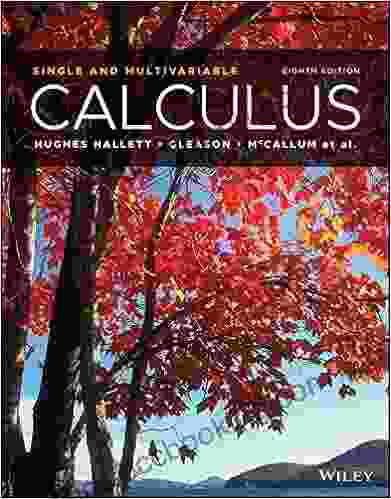
 Julio Cortázar
Julio CortázarCalculus: Single and Multivariable, 8th Edition — The...
Calculus is the...

 Jaime Mitchell
Jaime MitchellBunnicula and Friends: A Spooktacular Tale of Mystery and...
In the quaint little town of Celeryville,...

 Josh Carter
Josh CarterPeppa Easter Egg Hunt: Join Peppa Pig on an...
Get ready for...
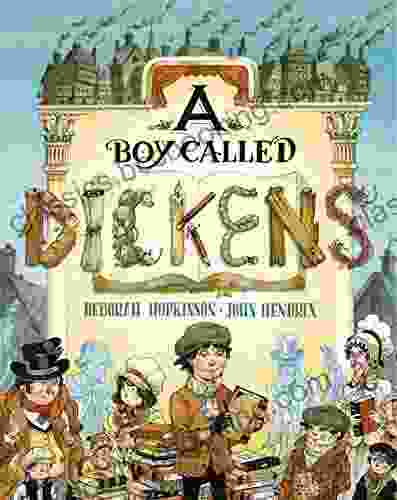
 Donovan Carter
Donovan CarterBoy Called Dickens: A Journey into the Childhood of a...
Delving into the...
4.5 out of 5
| Language | : | English |
| File size | : | 3335 KB |
| Text-to-Speech | : | Enabled |
| Screen Reader | : | Supported |
| Enhanced typesetting | : | Enabled |
| Word Wise | : | Enabled |
| Print length | : | 179 pages |
| Lending | : | Enabled |


